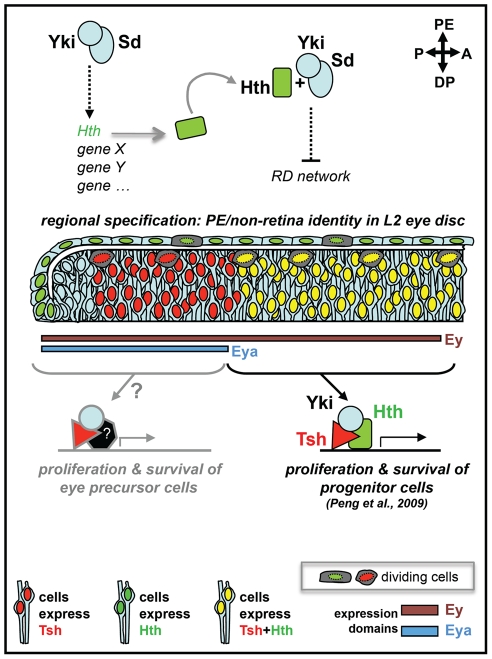Figure 7. Yki, Sd and Hth functions in different regions of the L2 eye disc.
In this model, different combinations of co-factors associate with Yki to bring about different outcomes in distinct regions of the L2 eye disc epithelium. A Yki/Hth/Tsh complex would ensures the maintenance and expansion of the retina progenitors pool in the DP cell layer by promoting proliferation and suppressing apoptosis; whereas, in the PE, Hth is first induced by, and then would work in concert with, Yki and Sd to control regional specification by suppressing retina identity and promoting development of PE derivatives (this work). The induction of Hth by Yki/Sd could be direct or indirect (dashed arrow), whereas the negative regulation of one or more genes of the RD network would have to be, at least in part, indirect based on the non-cell-autonomous features of mutant clones. Whether Yki, together with Tsh and/or other partners, controls proliferation and survival of the more developmentally advanced ‘Eya-positive + Hth-negative’ retina progenitors (named here “eye precursor” cells) is likely, based on the small size of yki-RNAi expressing clones from this region of the disc, but requires further testing. Though not shown in this diagram for simplicity, Ey is also expressed throughout the PE and Eya is expressed in a restricted posterior-lateral portion of the PE, in the L2 eye disc; as shown, Tsh is detected only in the DP cell layer.

